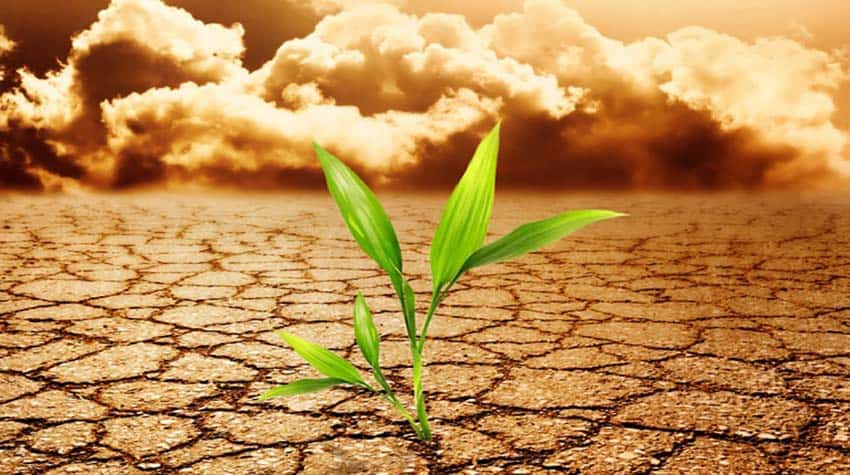Agriculture and Biodiversity at Risk Due to Global Warming
The agriculture and biodiversity of Bangladesh are facing a severe crisis due to global warming and water scarcity. For the past six years, the pump house of the country’s largest irrigation project, the Ganges-Kapotksha (GK) Irrigation Scheme, has been non-functional.
As a result, surface water reservoirs have virtually disappeared, putting immense pressure on water-dependent sectors such as agriculture and household consumption.
The consequences are dire for Kushtia, Chuadanga, and Meherpur—three of Bangladesh’s surplus food-producing districts—where agriculture and biodiversity are under severe threat.
According to statistics from the agricultural departments of these districts, irrigation is supplied to approximately 232,000 hectares of highly fertile, triple-cropping land through 583 deep tube wells, 327 low lift pumps (LLPs), and 113,951 shallow tube wells.
However, the alarming reality is that the groundwater level is struggling to meet the demand of over approximately 125,000 shallow tube wells used for irrigation, causing a critical water shortage that threatens both agriculture and household water supply.
The continuous depletion of groundwater is also pushing drinking water reserves to dangerously low levels. Concerned farmers and affected communities are calling for immediate action to address this crisis.
Water experts emphasize the need for a planned and prioritized water management strategy. Meanwhile, officials from the Bangladesh Agricultural Development Corporation (BADC) suggest that an immediate expansion of safe irrigation systems could provide a short-term solution, while long-term plans should focus on sustainable water management.
Voices from the Ground
Rabiya Khatun, a resident of Koborbaria village in Mirpur Upazila, Kushtia, expressed her distress:
“Is this just a small water problem? Our paddy fields are drying up because we can’t irrigate them. How will we feed our children? Even our household tube well isn’t working. Our cows, goats, ducks, and chickens are suffering—we don’t know what to do.”
Miraul Haque, a farmer from Fatehpur village in Meherpur Sadar Upazila, described his struggle:
“I rely entirely on my shallow pump for irrigation. Every year, the water table keeps dropping lower. Now, even after running the motor for 2 to 5 hours, I can’t irrigate a single bigha of land. The cost of irrigation is getting unbearable. If the government installs deep tube wells at intervals, it might save us.”
Expert Opinions1
Environmental expert Gautam Kumar Roy highlights the importance of water as the foundation of life. He points out that while Bangladesh is fortunate to have easy access to potable water compared to many developed countries, the lack of an integrated water management plan is pushing the country towards desertification.
“If we had created reservoirs to retain monsoon water, we wouldn’t be facing this crisis today. Coastal communities in Bangladesh already store rainwater for year-round use, proving that people can find solutions when necessary.”
He warns that the excessive pressure on groundwater for household and agricultural use is putting biodiversity and livelihoods at risk. Without immediate and effective intervention, Bangladesh may face an unavoidable public health catastrophe.
The Urgent Need for Action
With rising global temperatures exacerbating heat stress on agriculture and biodiversity, experts stress that implementing a well-planned water management project is the only viable solution. Without it, the future of sustainable agriculture and water security in Bangladesh remains at grave risk.



